Six of the world’s influential farming trailblazers share success secrets
THEY are the groundbreakers and trailblazers — farmers who refuse to settle for the status quo.
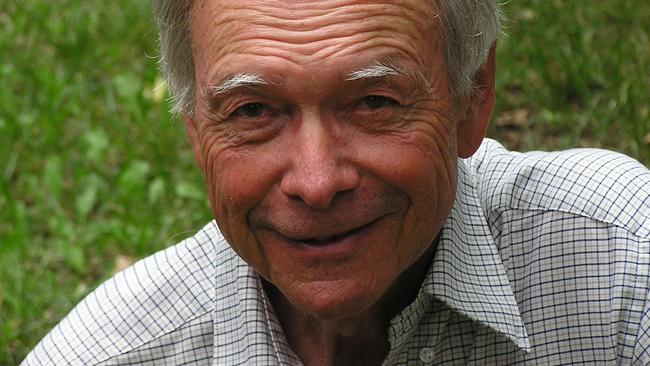
THEY are the groundbreakers and trailblazers. Farmers who refuse to settle for the status quo or have been inspired by a grand vision and then take their methods and ideas beyond their own farm gate.
In revolutionising agriculture, these visionaries gather a national and global following.
Many have become their own brands, with books, speaking tours, radio programs and even movie appearances. Here, The Weekly Times scouted around Australia and the planet to chat to some of the big thinkers in farming.
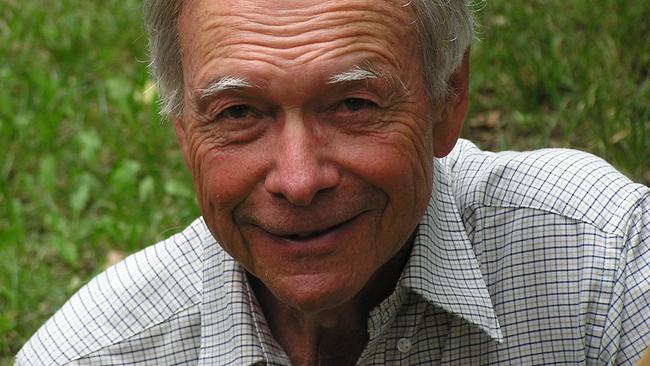
ALLAN SAVORY
Zimbabwean scientist, farmer, soldier, politician and originator of holistic management, which promotes livestock in restoring the world’s grasslands
Company: President and co-founder of The Savory Institute, founded in 2009 in Colorado, US.
Location: Allan and his wife, Jody Butterfield, live between New Mexico and Zimbabwe.
Philosophy: Holistic management aims to reverse land degradation, or desertification, through properly managed livestock.
“It is crucial to properly manage livestock. Livestock is not the problem, it is how humans manage livestock that is the problem, or the solution.”
Holistic management uses a planning process — holistic planned grazing — where livestock are moved frequently and don’t return to a place until grazed plants and trampled soils have recovered.
In the growing season the aim is to produce a maximum amount of high-quality forage. In the slow or non-growing season the plan rations out the forage available, ensures uneaten plant parts are trampled to cover soil and prepare it for new plant growth in the next season.
In all seasons the planning caters for the needs of the livestock, wildlife, other land uses, such as cropping, and the personal needs of the farmer.
Background: Allan began working on desertification in 1955 in Northern Rhodesia (today Zambia) as a game ranger and biologist. He eventually came to see what was causing the degradation of grassland ecosystems and the role livestock could play in reversing it.
He later served as an officer in the Rhodesian armed forces and was elected to the Rhodesian Parliament in 1970.
Groupies: Prince Charles has praised Allan’s work.
How he gets his message out: The Savory Institute, a network of locally-led training centres named Savory hubs, an online learning platform, speaking tours at high level events with world leaders, workshops and books including his latest, The Grazing Revolution: A Radical Plan to Save the Earth.
Accolades: In 2010, Allan won the Buckminster Fuller Challenge, an annual international competition awarding $100,000 “to solve humanity’s most pressing problems”.
Quotable quotes: “We depend on a deeply educated public that can drive signals to food producers with their daily food purchase choices because that’s what will shift agriculture, including the proper raising of livestock on grasslands.”
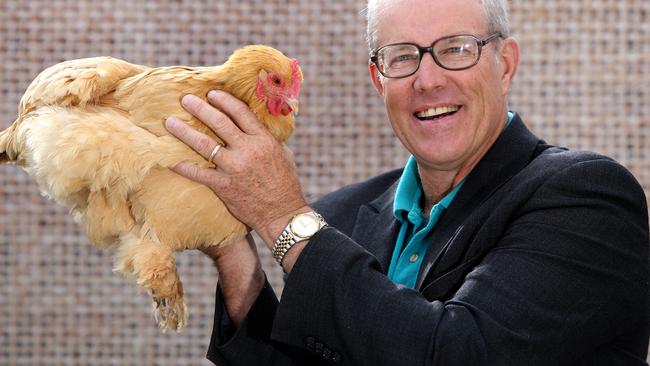
JOEL SALATIN
Described as “the world’s most innovative farmer” by Time magazine
Location: A 220ha property named Polyface in the Shenandoah Valley, Virginia, US. The Salatin family transformed badly degraded land into a thriving pig, poultry, cattle, rabbit and forestry farm, with an annual turnover of about $2 million, with sales to 5000 families, 50 restaurants and 10 retail outlets including their on-farm shop.
Philosophy: Joel bases his farming methods on observations of animals in nature and then follows those conditions as closely as possible. For example, he grazes cattle on small pastures with electric fencing that is moved daily in a rotational grazing system.
Beyond this, Joel challenges conventional, industrial-scale methods in preference for local, independent farming. He advocates putting equity in managing the land rather than infrastructure, portable rather than stationary facilities, soil fertility that is developed internally rather than relying on inputs, with income from value-adding and direct marketing.
How he gets his message out: He has written about 10 books, spends about a third of the year touring the world giving lectures, including six visits to Australia, while thousands of visitors descend on Polyface each year. He has appeared in documentary films such as Food Inc.
Quotable quotes:
“Land degradation did not start with chemical agriculture, but chemical agriculture offered new tools for annihilation.”
“This is the sort of farm machinery I like: never needs its oil changed, appreciates over time, and when you’re done with it you eat it.”
“I could sell a lot more chickens and eggs than I do. They’re my most profitable items. Operating under the industrial paradigm, I could boost production however much I wanted. But in a biological system you can never do just one thing, and I couldn’t add many more chickens without messing up something else.”

BRITTANY COLE BUSH
“Modern day urban shepherdess” and project manager of Star Creek Land Stewards, a contract grazing and land stewardship company
Location: Brittany and her team are “ranchless ranchers” from Los Banos, California, US, with 12 Border Collies, six white guard dogs and about 1600 sheep and goats.
Philosophy: Star Creek Land Stewards run grazing projects to reduce fire hazardous vegetation and undesirable plant species along the urban periphery.
They are contracted by public agencies, such as the regional parks district, local parks and recreation departments for multiple counties, as well as private land owners.
Brittany’s team graze in the non-traditional manner of set-stock grazing, setting temporary fencing to contain animals to graze at high density for short duration.
It is a style that requires increased labour on the ground, with herds of about 400 moved to new paddocks frequently.
Background: Raised by the beach in southern California, Brittany’s farming experience was minimal, but determination and “pounding” on doors led to a career in livestock industries.
How she gets the word out: “Simple” media, such as a daily feed of images on Instagram: “images speak a thousand words”
As the Land Stewards work on the outskirts of suburbs, they provide experiences for city-goers through exposure to the work they do with livestock.
“My hope is that I inspire both first generation ranchers and farmers coming into agriculture from non-traditional backgrounds as well as young people looking for an alternative to mainstream career paths in the city. Animals are a part of an ecological system as well as a food system and these are important connections to be had by consumers of good food.”
Quotable quotes:
“To share what I do as a young, female shepherdess working along the urban periphery, I feel I am able to speak for the future of a new kind of agrarian.”
“I am a believer that density of livestock is not a detrimental factor to the land but duration is the important part of the equation.”

DAVID HOLMGREN
Co-founder of permaculture
Location: A 1ha property called Melliodora in Hepburn, central Victoria, which has a passive solar house, mixed food gardens, chooks, geese, goats and orchards, dams and creek revegetation.
Company: Holmgren Design
Philosophy: In the 1970s David, with friend Bill Mollison, created permaculture, designing landscapes to mimic patterns and relationships in nature. Multiple applications are adopted, rather than single-use farming. Permaculture is about sustainable living and land use, but techniques vary from one property to another, with “people misjudging how rapidly scale changes techniques and strategies”.
On Melliodora, geese are kept not for their eggs, meat or down, but as an environmental service, recycling nutrients as manure used on David’s vegetable garden.
But something on 100sq m is useless on 1ha let alone 100ha,” he said.
Groupies: Permaculture has a national and global following numbering in the millions. Throughout the world there are ever-increasing numbers of teachers holding permaculture design courses for students.
David holds regular workshops and guided tours of Melliodora, where he regularly receives international visitors on a “permaculture pilgrimage” of Australia, largely from the US, but also India and Africa.
How he gets his message out: David has self-published five books, with his 2002 book Permaculture: Principles and Pathways beyond Sustainability his most popular, translated into six languages and with 30,000 copies sold in English.
The 12th international permaculture conference will be held in the UK this year.
Quotable quotes:
“Down-to-earth farmers say to me ‘Isn’t permaculture just common sense?’. I tell them yes, but the trouble is it’s no longer common. Permaculture reinvents traditional, low-tech, sensible ways of managing the land.”
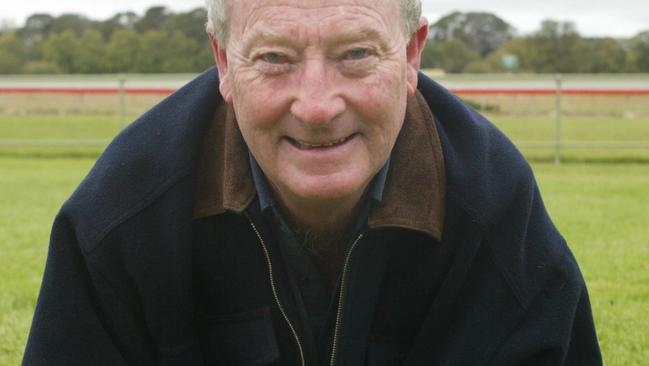
COLIN SEIS
Creator of Pasture Cropping and Multi-Species Pasture Cropping
Location: An 840ha property called Winona, near Gulgong, NSW.
The Seis family is one of the pioneering families in the Gulgong district, farming there since the 1860s. Winona runs about 4000 fine-wool Merino sheep, and grows about 200ha of oats, wheat and cereal rye. It also runs one of the largest Kelpie working dog studs in the world.
Philosophy: From 1993 Colin developed a technique of planting crops into grassland called Pasture Cropping, which regenerates soil and grassland while producing grain.
In 2011, when looking for a way of producing vegetables sustainably for human consumption, Colin developed Multi-Species Pasture Cropping, which produces a diverse range of vegetables and grain, as well as restoring soil and grassland.
Multi-Species Pasture Cropping uses a group of plant species that have a range of different root systems, and includes legumes, flowering plants — such as a mix of oats, brassica, radish, vetch, and pea. This mix of plants is sown into dormant perennial native grassland.
The benefits of Multi-Species Pasture Cropping include improved soil structure and nutrient cycling, more efficient use of water, reduced input costs and risks, improved economic return from “vertical stacking” of enterprises, while producing good crops for grain and /or forage and vegetables for human consumption.
Groupies: More than 2500 Australian farmers use the techniques and there are growing numbers overseas.
How he gets his message out: Colin speaks regularly at workshops and seminars around Australia and overseas on the practical aspects of pasture cropping, land management and native grassland management.
He is writing a book on the development of pasture cropping and how humans got agriculture wrong 10,000 years ago, due to be published this year.
Accolades: In 2005 he won the NSW Conservation Farmer of the year award and in 2007 won the inaugural “Carbon farmer of the year award” in NSW. He was the recipient of the 2014 Bob Hawke award for Landcare.
Quotable quotes:
“Our farms should function as ecosystems.”
“We should farm closer to nature’s design.”
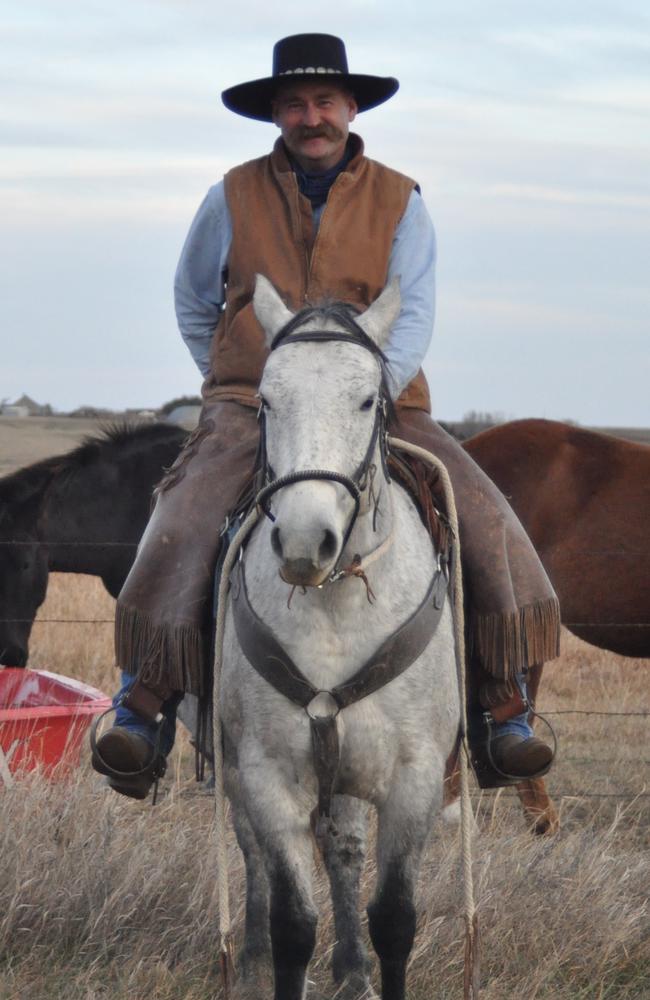
TRENT LOOS
Sixth generation rancher and agricultural advocate
Location: 600ha in Nebraska, USA, farming 100 Angus-Limousin breeders, 60 pigs, 60 Quarter Horses and meat goats, with plans to expand into sheep.
How he gets his message out: Radio program Loos Tales, launched in January 2001. “I was a typical farmer and one day I heard an animal-rights activist talk about chasing agriculture from this country.
“Rather than just talking about it, getting angry and frustrated, I decided to do something about it and walked into my local radio station, sat down and wouldn’t leave until I had a radio program.”
Trent now airs two hours of radio a day, five days a week on his own network, which is syndicated through about 100 stations around the US.
In Loos Tales he talks about people and places in rural America as a way to reconnect consumers to their food. Australians can listen to his broadcast every day at LoosTales.com
He also has a public speaking tour around the US, Canada and with two previous trips to Australia, with a self-imposed limit of 170 nights a year.
He has published a book The Best of Trent and has a second in planning.
Groupies: 3 million listeners on-air and online
His message: About 80 per cent of his topics are animal related, with the focus on animal rights and the impact of animals on the environment.
“It’s my moral and ethical responsibility to provide the best care for my animals but in no way shape or form do I treat animals in a human-like manner.
“It’s the purpose of animals to improve the planet and improve human health.
“I believe the climate will always change. Man’s contribution to climate change does not exist.”
Accolades: In 2008, Trent was recognised as the “Voice of Rural America” by the West Quest organisation for his work in advocating for agriculture
Quotable quotes:
“Anytime you lose your cool, your face gets red, you say something stupid, you lose. But if you confront without being confrontational, you can learn. You can listen, and you can figure out what it is that’s moving people.”


